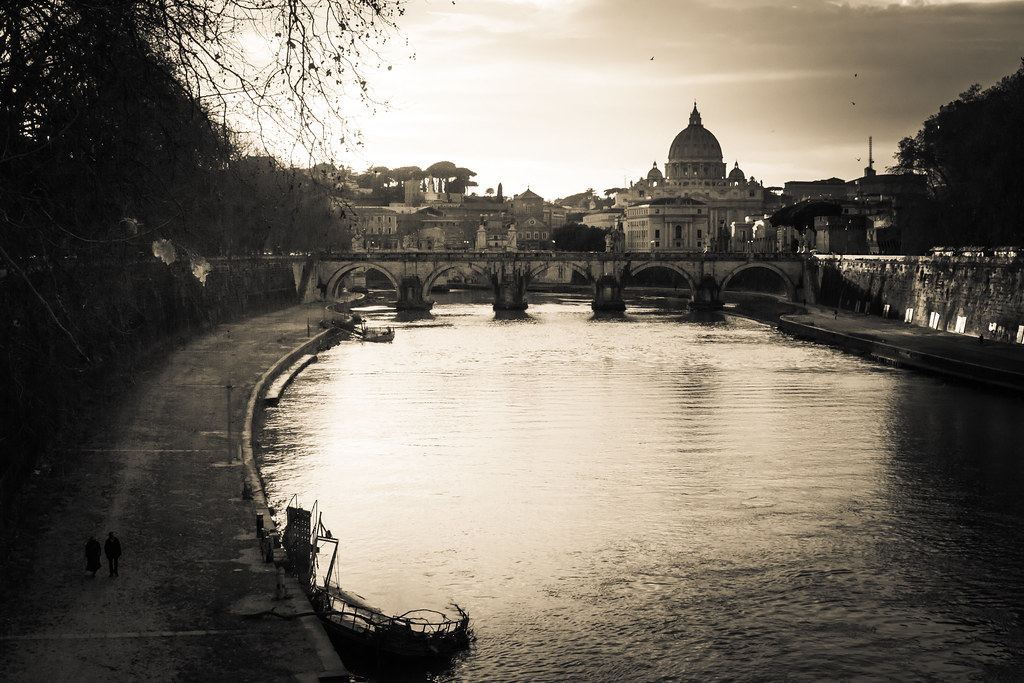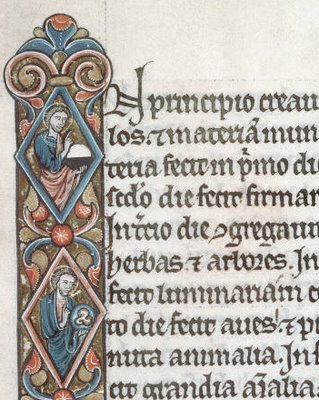By Bishop Athanasius Schneider
Nobody can force us to receive the Body of Christ in a way that constitutes a risk of the loss of the fragments, and a decrease in reverence, as is the way of receiving Communion in the hand. Although it is true that one could receive Communion on a small white and clean handkerchief (purificator, small corporal) directly in the mouth, this way is not always practicable and even refused by some priests.
In these cases, it is better to make a Spiritual Communion, which fills the soul with special graces. In times of persecution, many Catholics were unable to receive Holy Communion in a sacramental way for long periods of time, but they made a Spiritual Communion with much spiritual benefit.
Communion in the hand is no more hygienic than Communion in the mouth. Indeed, it can be dangerous for contagion. From a hygienic point of view, the hand carries a huge amount of bacteria. Many pathogens are transmitted through the hands. Whether by shaking other people's hands or frequently touching objects, such as door handles or handrails and grab bars in public transport, germs can quickly pass from hand to hand; and with these unhygienic hands and fingers people then touch often their nose and mouth. Also, germs can sometimes survive on the surface of the touched objects for days. According to a 2006 study, published in the journal "BMC Infectious Diseases", influenza viruses and similar viruses can persist on inanimate surfaces, such as e.g. door handles or handrails and handles in transport and public buildings for a few days.
Many people who come to church and then receive Holy Communion in their hands have first touched door handles or handrails and grab bars in public transport or other buildings. Thus, viruses are imprinted on the palm and fingers of their hands. And then during Holy Mass with these hands and fingers they are sometimes touching their nose or mouth. With these hands and fingers they touch the consecrated host, thus impressing the virus also on the host, thus transporting the viruses through the host into their mouth.
Communion in the mouth is certainly less dangerous and more hygienic compared to Communion in the hand. In fact, the palm and the fingers of the hand, without intense washing, undeniably contain an accumulation of viruses.
The ban on Communion in the mouth is unfounded compared to the great health risks of Communion in the hand in the time of a pandemic. Such a ban constitutes an abuse of authority. Furthermore it seems, that some Church authorities are using the situation of an epidemic as a pretext. It seems also that some of them have a kind of cynical joy to spread more and more the process of trivialization and de-sacralization of the Most Holy and Divine Body of Christ in the Eucharistic sacrament, exposing the Body of the Lord himself to the real dangers of irreverence (loss of fragments) and sacrileges (theft of consecrated hosts).






















